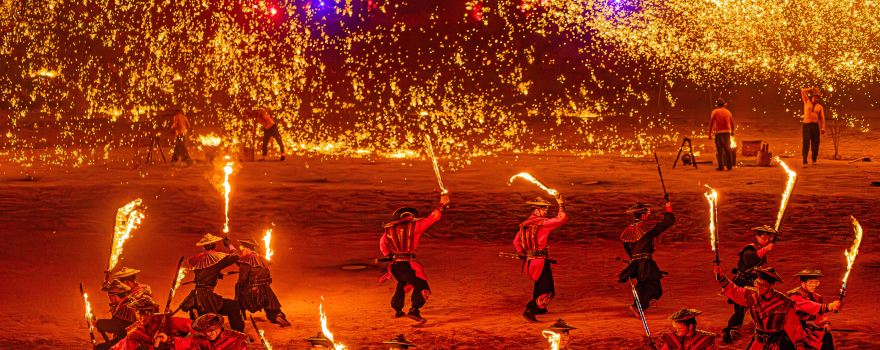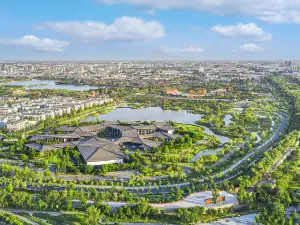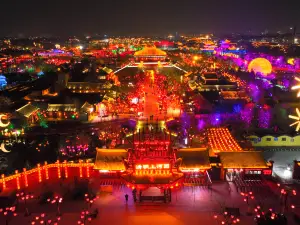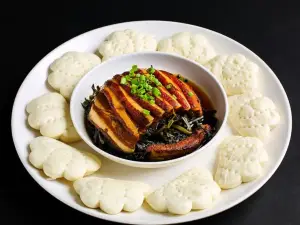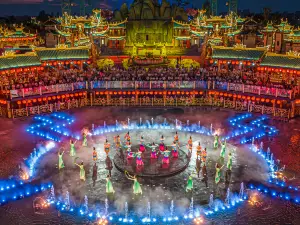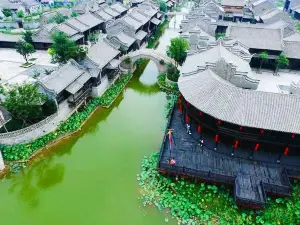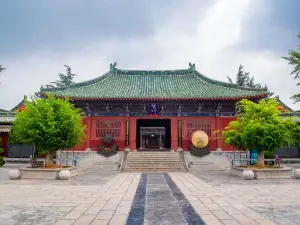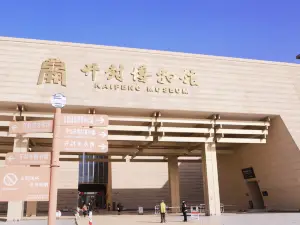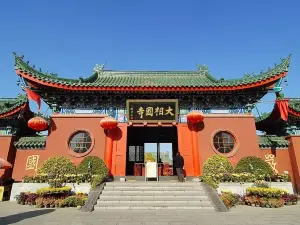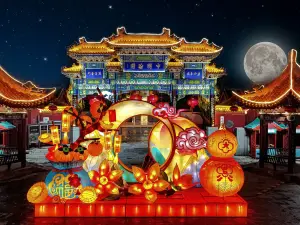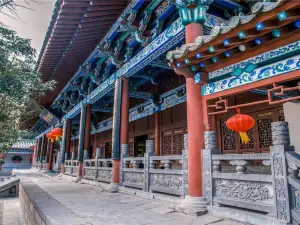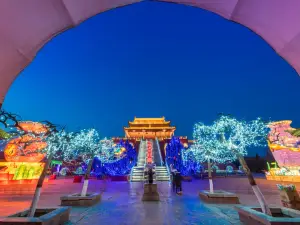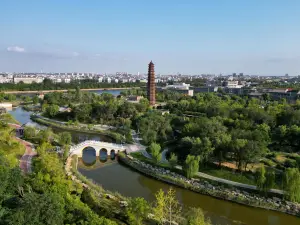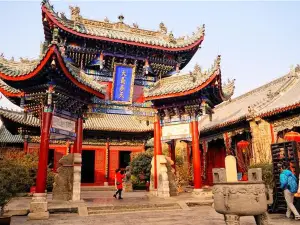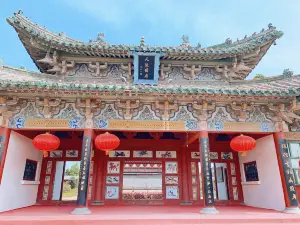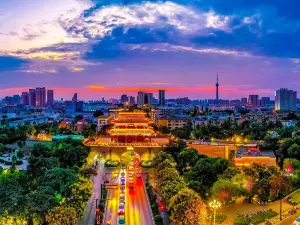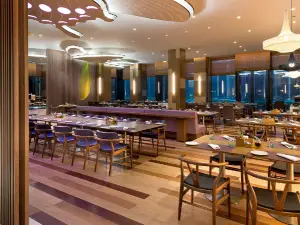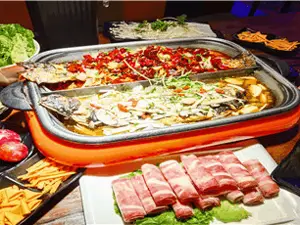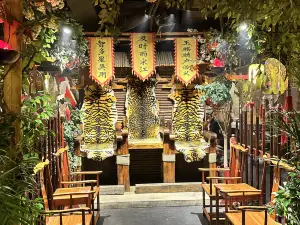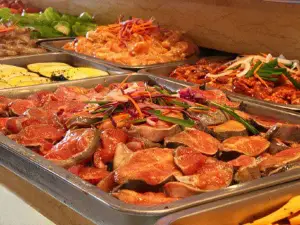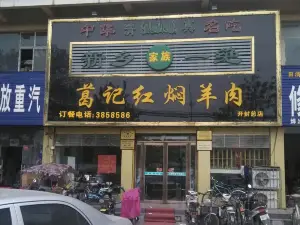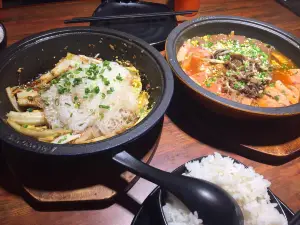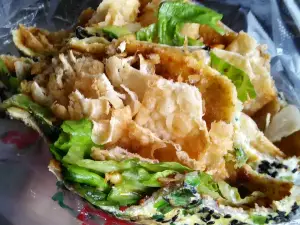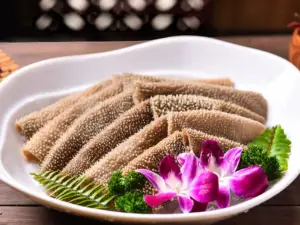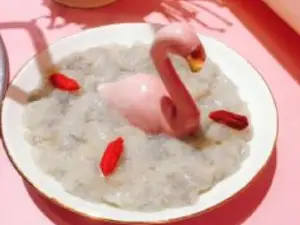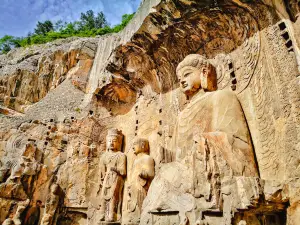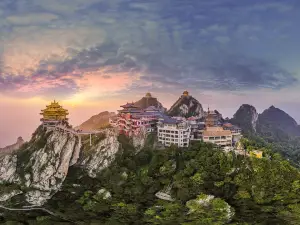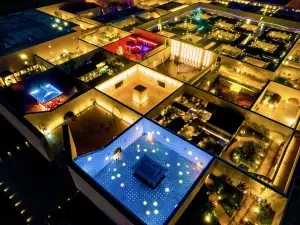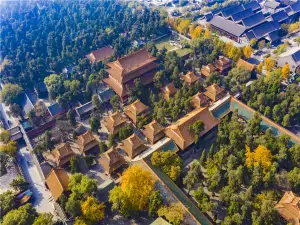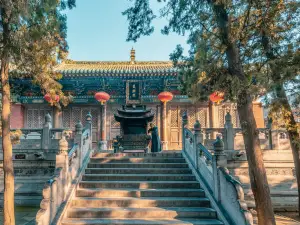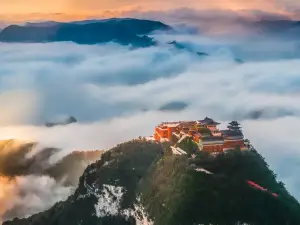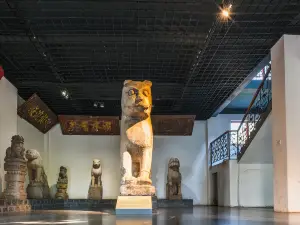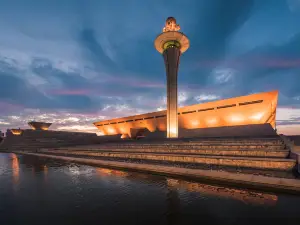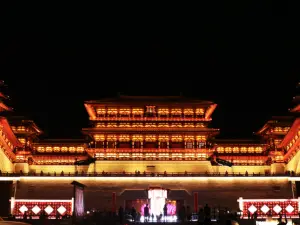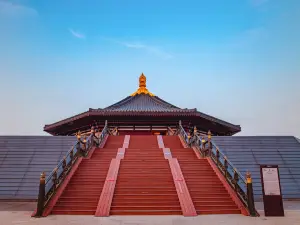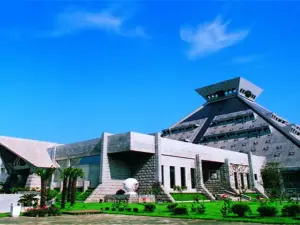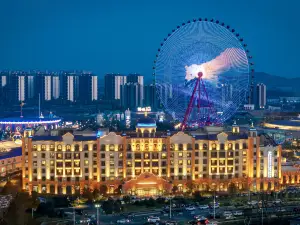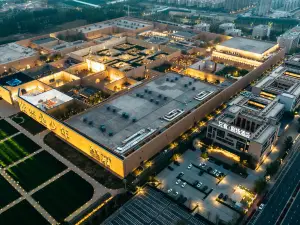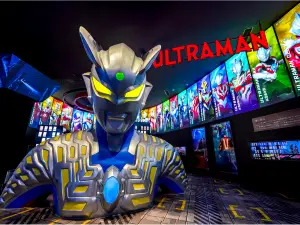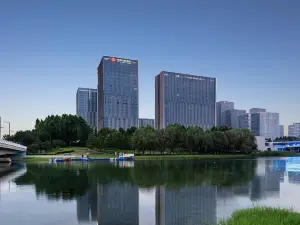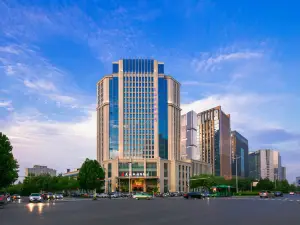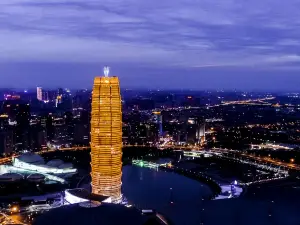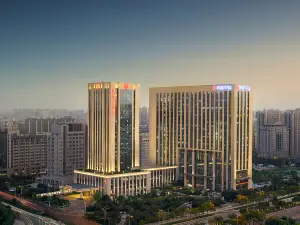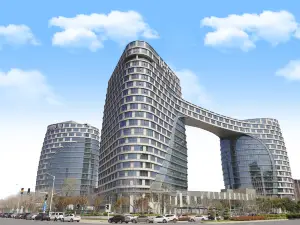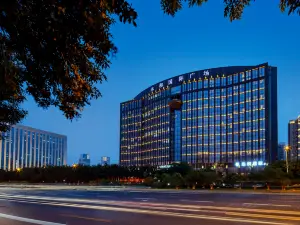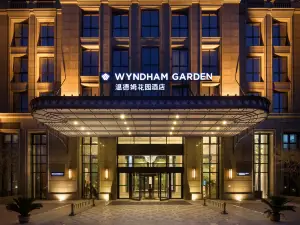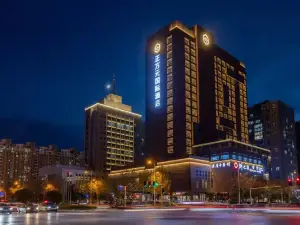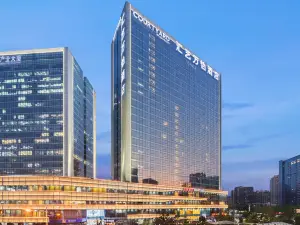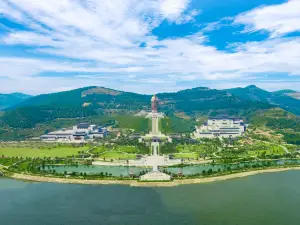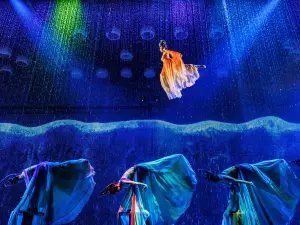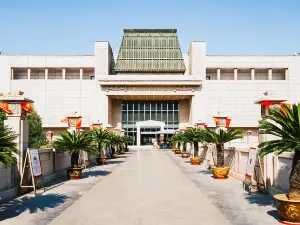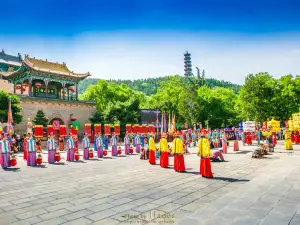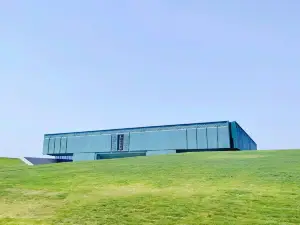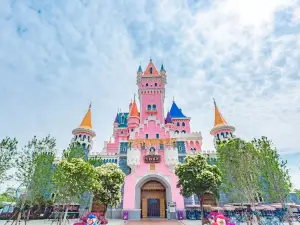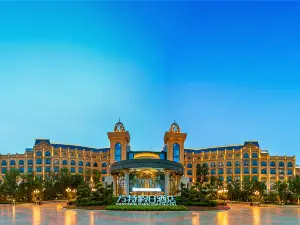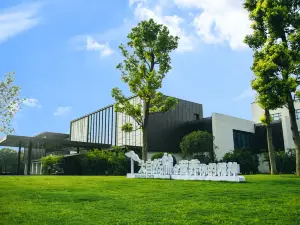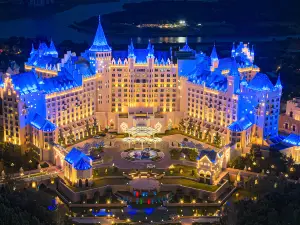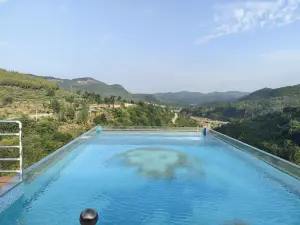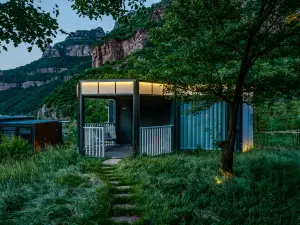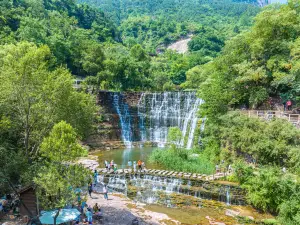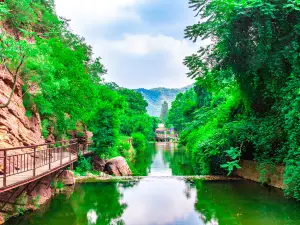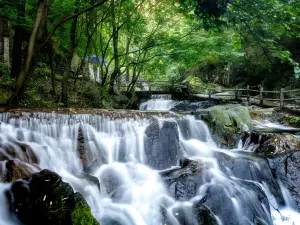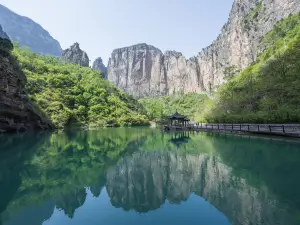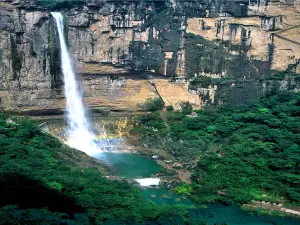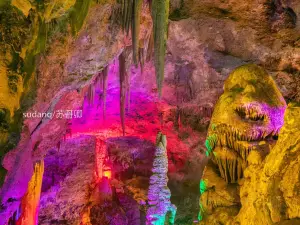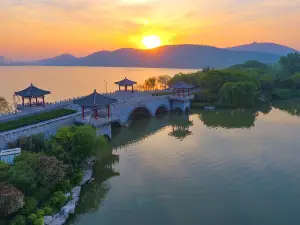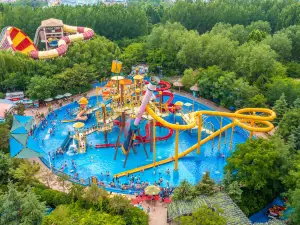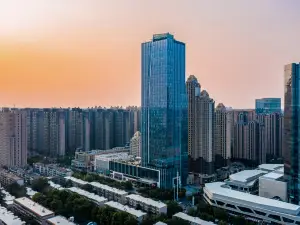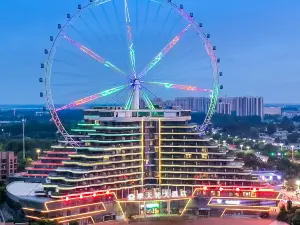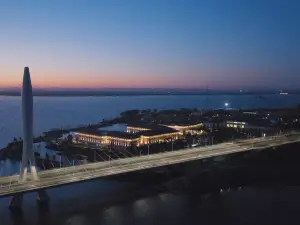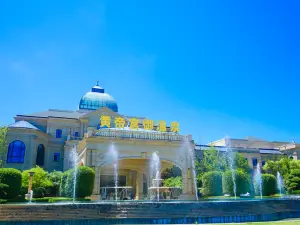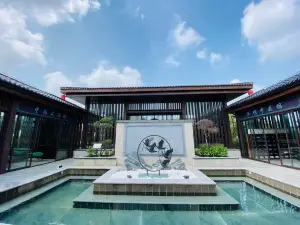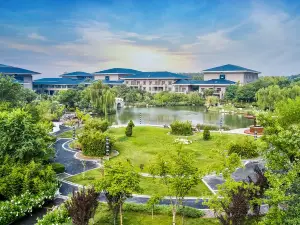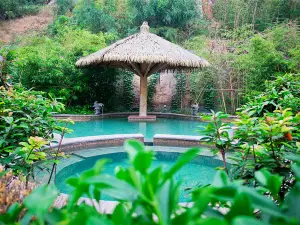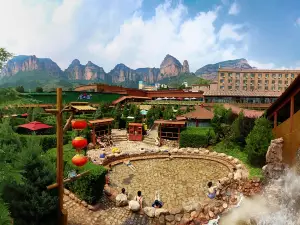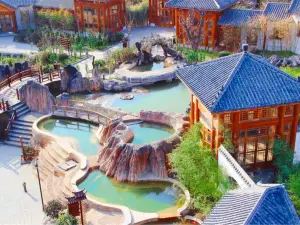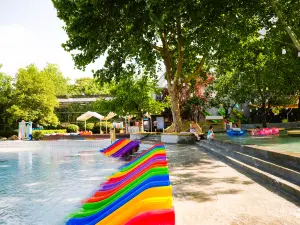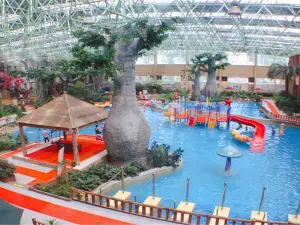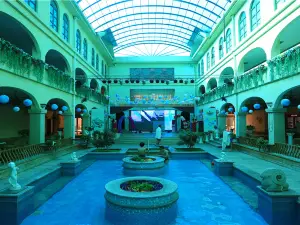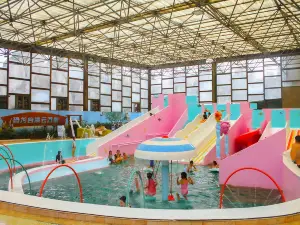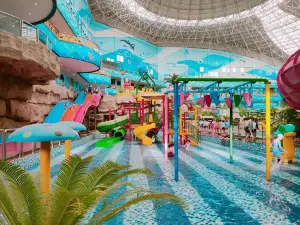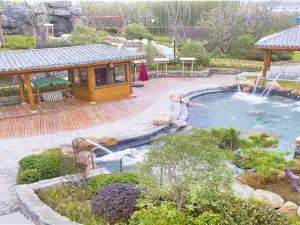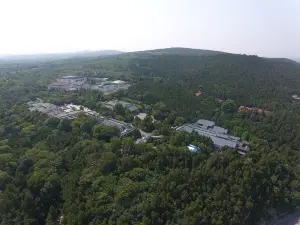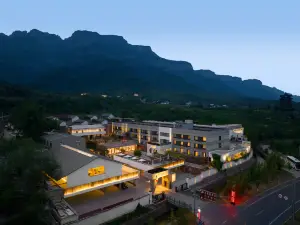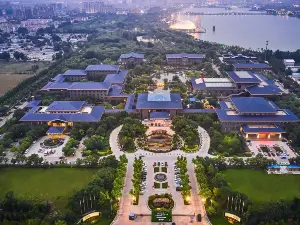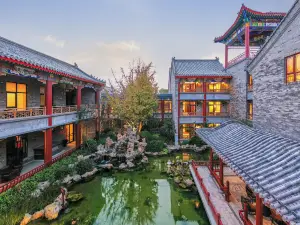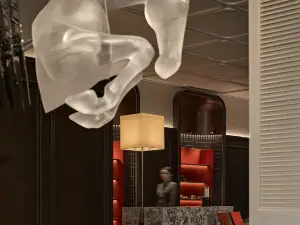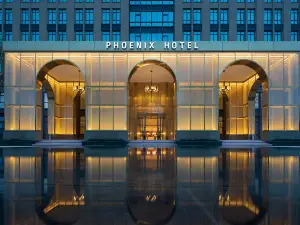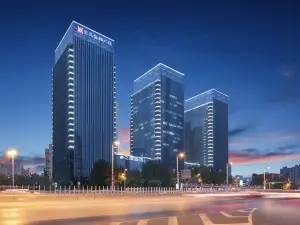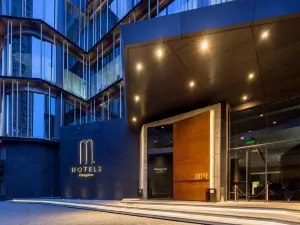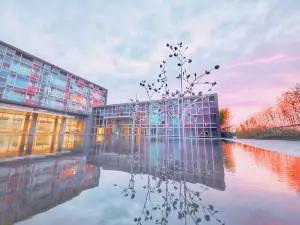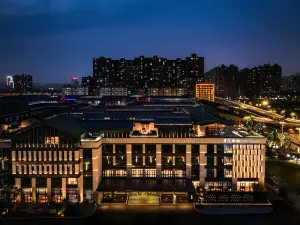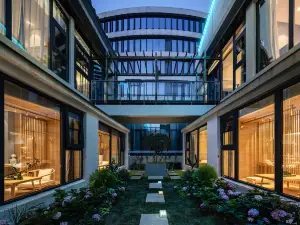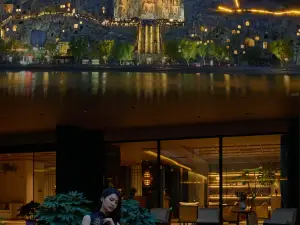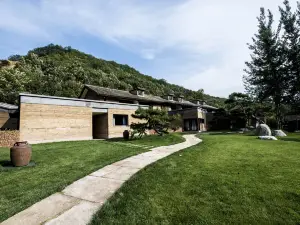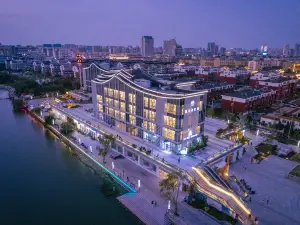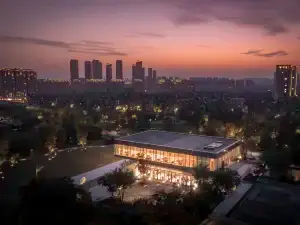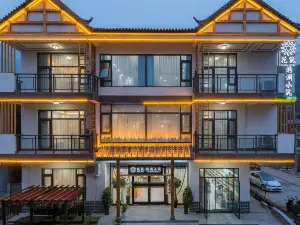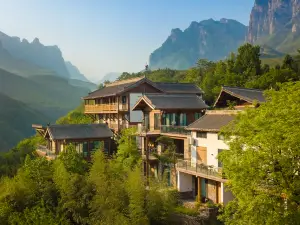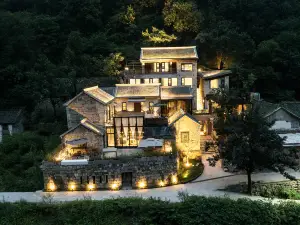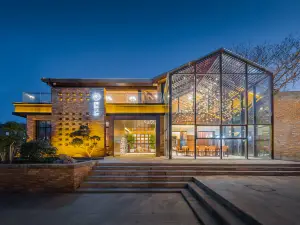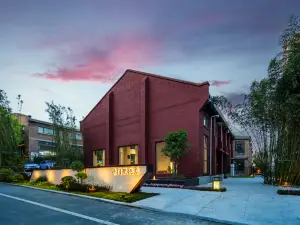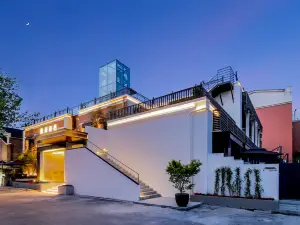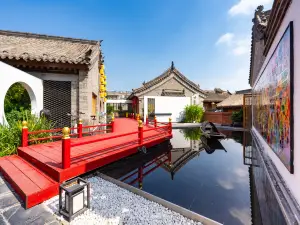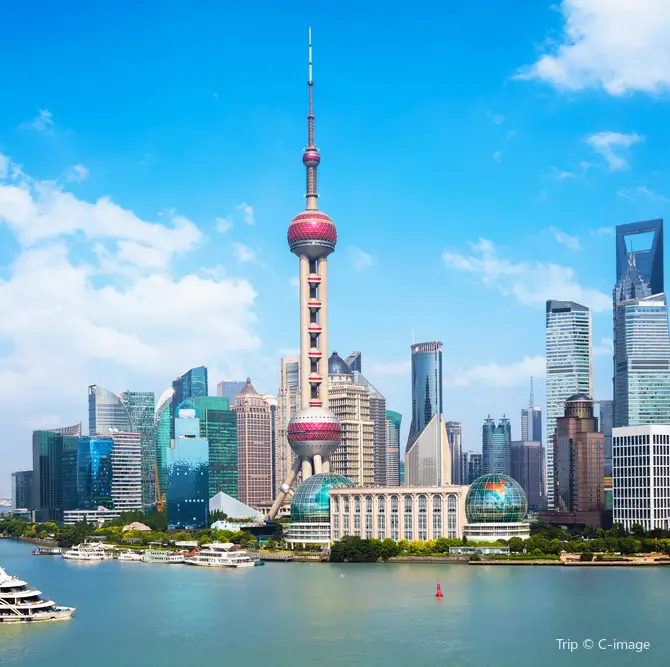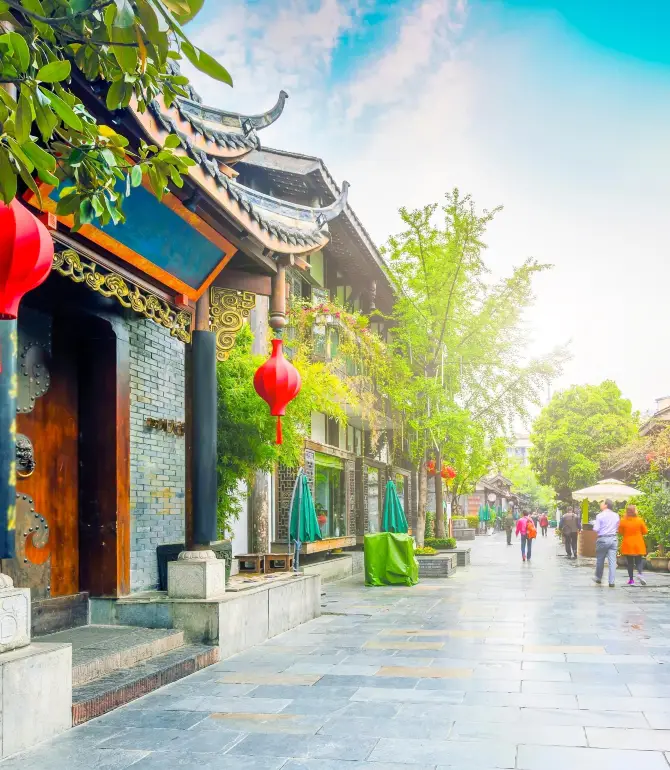Things to Do in Kaifeng in 2025 - Top Attractions, Local Food, Hotels & Travel Tips (Updated July 2025) | Trip.com
About Kaifeng
Recommended trip: 2–4 day(s)
Recommended trip: 2–4 day(s)Current Weather Conditions
Kaifeng Local Experiences Map

Trending in Kaifeng
Kaifeng Local Travel Guide 2025
Kaifeng Brief Guide
Kaifeng is located in eastern Henan. It is one of China's seven great ancient capitals and a famous historic city. Early during the Northern Song Dynasty, this was the economic, cultural and legal center of China. The famous scroll painting "Along the River During Qingming Festival" showcases the glory of Kaifeng during its era as the eastern capital of China. The current city of Kaifeng still has an ineffable air of antiquity. When searching for the ancient capital among the ruins and broken tiles, it is easy to imagine the incredible prosperity the city must have had at the time "Along the River During Qingming Festival" was painted. "Along the River" is far from the only painting Kaifeng is famous for. The city has also been home over the years to many calligraphers and painters and is known as a city of refined culture and entertainment. To stroll among the various local academies and theaters is a unique experience in and of itself.
Kaifeng Must-try Local Experiences
1. Explore Kaifeng's Rich History by Visiting the Dragon Pavilion Park Explore Kaifeng's rich history by visiting the Dragon Pavilion Park, Iron Pagoda, Prime Minister's Temple, and Kaifeng Museum. These sites offer a glimpse into ancient architecture and the Song Dynasty's legacy. 2. Experience the Qingming River Park Immerse yourself in the recreated scene of 'Along the River During the Qingming Festival' at Qingming River Park. Enjoy traditional performances, interact with costumed characters, and savor authentic snacks. 3. Uncover the Legacy of Jewish Merchants Discover the history of Kaifeng's Jewish community at the Kaifeng Jewish Descendants Experience Center. Explore the remnants of the synagogue and learn about their cultural practices. 4. Explore the Ancient City Wall Walk along the ancient city wall of Kaifeng for panoramic views and a glimpse into the city's rich past. 5. Stroll through Millennium City Park Experience the grandeur of the Song Dynasty at Millennium City Park, which recreates the famous painting 'Along the River During the Qingming Festival.' Enjoy traditional performances and cultural activities. 6. Explore Kaifeng Fu Kaifeng Fu, the ancient government office, provides insight into the administrative structure of the Song Dynasty with its well-preserved buildings and exhibits. 7. Delve into the World of Bian Embroidery Admire the intricate needlework and vibrant colors of Bian embroidery at the Kaifeng Bian Embroidery Research Institute, a treasured tradition for centuries. 8. Experience Traditional Shadow Puppetry Attend a shadow puppetry performance in Kaifeng to see intricate puppets and captivating storytelling, a traditional Chinese art form practiced for centuries. 9. Watch a Henan Opera Performance Enjoy a live Henan Opera performance to experience the unique music, costumes, and storytelling of this traditional Chinese opera style. 10. Visit the Kaifeng Museum The Kaifeng Museum showcases the city's rich history and culture through exhibits of ancient artifacts, calligraphy, and traditional crafts. 11. Savor the Flavors of Kaifeng Cuisine Indulge in Kaifeng's unique culinary delights, including steamed buns, carp noodles, and five-spice donkey meat, each offering a delicious taste of the region's heritage. 12. Find Treasures at the Drum Tower Night Market Immerse yourself in the lively atmosphere of the Drum Tower Night Market, offering local handicrafts, souvenirs, clothing, and a wide array of specialty street food. 13. Take a Boat Ride on the Bian River Experience Kaifeng from the water with a boat ride on the Bian River, enjoying scenic views and capturing the city's historic landmarks from a unique perspective. 14. Respect Local Religious Sites When visiting significant religious sites in Kaifeng, such as the Daxiangguo Temple and various mosques, dress modestly and follow local customs to show respect for religious practices and cultural heritage.
Kaifeng Must-see Attractions
Kaifeng, a city rich in Song Dynasty heritage, offers visitors a compelling, cultural experience through its various attractions such as Qingming Riverside Landscape Garden, Kaifeng City Hall Theme Park, Kaifeng Museum, and the historically significant Daxiangguo Temple, each providing an immersive glimpse into ancient Chinese traditions, architecture, and history.
Kaifeng Food Guide
Kaifeng is celebrated for its culinary scene, featuring both traditional dishes and street snacks. Signature treats include the sweet and creamy mashed sweet potatoes, a distinctive date-red baked carp with noodles, the deliciously savory and crispy barrel chicken, and the silky stir-fried cold noodles. Each dish is a vital part of the local culinary heritage.
Kaifeng Transportation
Kaifeng's transportation network is primarily centered around its railway stations and long-distance bus services, as the city does not have an airport. Kaifeng Railway Station, situated on Longhai railway, is a historical station that has been operational since 1907 and underwent a significant renovation with a new station building opened in 2003. It is well-connected to major cities across China, including Xi'an, Luoyang, Zhengzhou, Beijing, Shanghai, Guangzhou, and Shenzhen. To reach the city from Kaifeng Railway Station, passengers can take local buses such as No.1, 18, and 31 to the Train Station - Passenger Terminal Bus Stop. Kaifeng North Railway Station, which started operation in 2016, is part of the Xuzhou–Lanzhou high-speed railway and features a design inspired by the Northern Song Dynasty architecture. It serves high-speed trains to destinations like Xi'an, Luoyang, Zhengzhou, Beijing, Shanghai, and Guangzhou. To access the city from Kaifeng North Railway Station, passengers can use buses 8, 21, 35, 47, 52, or 53. For air travel, the nearest major airport is Zhengzhou Xinzheng International Airport, located 98 km from Kaifeng. Travelers can take a shuttle bus from the airport to Zhengzhou and then transfer to a bus or taxi to reach Kaifeng.
Kaifeng Where to Stay
Kaifeng is a city with a rich historical background and diverse tourist attractions, making it an appealing destination for travelers. The city offers a variety of accommodation options distributed across distinct regions, each with its own unique characteristics.
Kaifeng Best Time To Visit
The best time to visit Kaifeng is during the autumn months, particularly from late October to late November. This season is celebrated for its pleasant weather and the renowned Chrysanthemum Festival, a cultural highlight that attracts visitors to the city. Additionally, spring, specifically April, is also a favorable time to visit due to the comfortable temperatures and the Song Dynasty Culture and Art Festival, offering a glimpse into the local folklore and historical parks.
Kaifeng Useful Guide
Kaifeng, a city with a history spanning over 4,100 years, is predominantly Chinese-speaking, with Mandarin being the official language. The city's historical interactions with various cultures have introduced multilingual elements, such as the Jewish community that once used Hebrew. While Mandarin prevails, visitors can utilize translation apps or local interpretation services for assistance. Effective communication for non-Mandarin speakers may involve gestures, maps, and facial expressions. The city's rich cultural tapestry, including the Hui ethnic group and historical Jewish presence, reflects its linguistic diversity.
Trip.Best: Kaifeng
Things to do in Kaifeng
What to Do
Where to Stay
What to Eat
Kaifeng Moments: Through Travelers' Eyes

One day in Kaifeng is pure happiness|||【Kaifeng Three-Day Travel Guide】

Kaifeng, Henan | The 42nd Kaifeng Chrysanthemum Culture Festival

I thought Zhengzhou was fun, until I visited Kaifeng…

I spent three days in Kaifeng, and my spending habits have been completely changed.

After 5 Visits to Kaifeng, Here's My Complete Travel Guide

Winter in Kaifeng is back, so I don't recommend going to Kaifeng in January or February!

I spent 3 days and 2 nights in Kaifeng and stayed up late to write this travel guide.

Kaifeng 3-Day Free Travel
Best of Kaifeng
Site Operator: Trip.com Travel Singapore Pte. Ltd.
